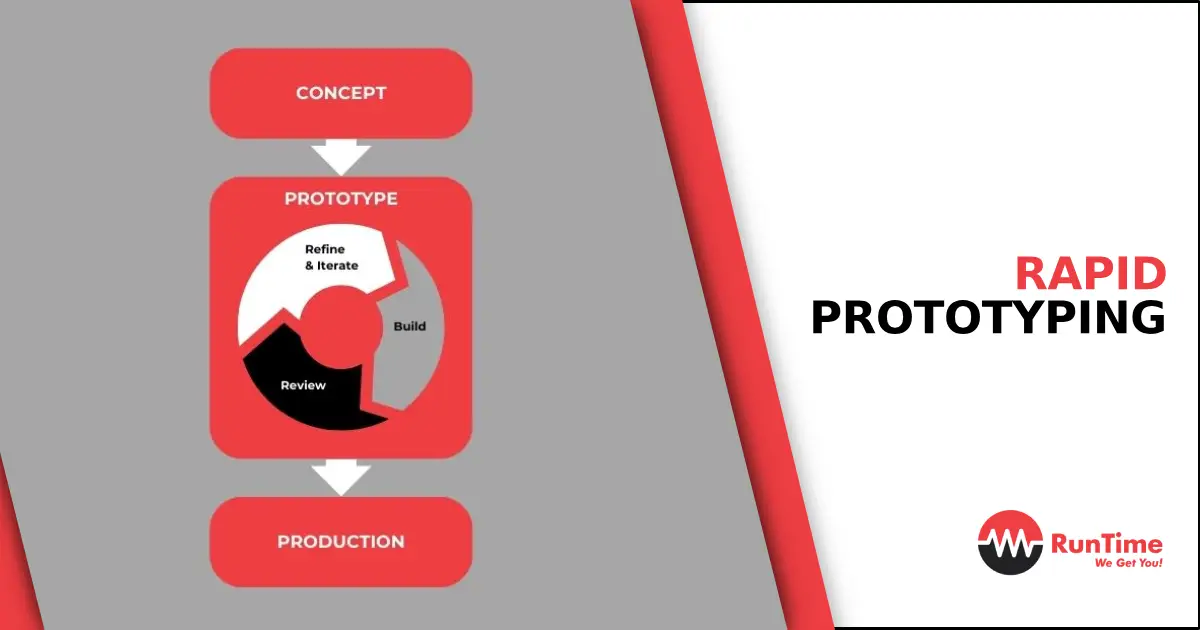Rapid prototyping plays a crucial role in the development of embedded systems, allowing engineers and developers to quickly validate concepts, identify design flaws, and iterate on solutions. Let’s explore the best practices in rapid prototyping for embedded systems, focusing on key strategies to enhance efficiency, reliability, and overall project success.
1. Define Clear Objectives
Before embarking on a rapid prototyping project, it is essential to define clear and specific objectives. Understand the functionality, performance requirements, and constraints of the embedded system. Having a well-defined scope ensures that the prototype addresses the intended purpose and facilitates a more focused and efficient development process.
2. Select Appropriate Hardware and Software Platforms
Choose hardware and software platforms that align with the project’s goals and requirements. Consider factors such as processing power, memory, communication interfaces, and real-time capabilities. Opting for widely supported and documented platforms can expedite development and troubleshooting.
3. Embrace Modular Design
Implementing a modular design approach facilitates flexibility and scalability in embedded systems. Break down the system into smaller, independent modules, each responsible for specific functionalities. This allows for easier debugging, maintenance, and future upgrades, making the overall development process more agile.
4. Utilize Simulation Tools
Simulation tools can significantly accelerate the prototyping process by enabling virtual testing of embedded systems. Platforms such as SPICE (Simulation Program with Integrated Circuit Emphasis) or MATLAB/Simulink provide a simulated environment for evaluating the system’s performance, identifying potential issues, and refining the design before hardware implementation.
5. Implement Agile Development Practices
Adopting agile development practices, such as iterative development and continuous integration, can enhance the efficiency of rapid prototyping for embedded systems. Frequent testing, quick iterations, and constant feedback loops contribute to faster identification and resolution of issues, resulting in a more robust final product.
6. Prioritize Power Efficiency
Embedded systems often operate in resource-constrained environments, emphasizing the importance of power efficiency. Prioritize low-power components and implement energy-saving strategies during prototyping. This practice ensures that the final product meets power requirements and extends the device’s battery life.
7. Thoroughly Test Prototypes
Testing is a critical phase in rapid prototyping. Rigorous testing helps uncover hardware and software issues early in the development cycle, reducing the likelihood of costly revisions later on. Employ a combination of unit testing, integration testing, and system testing to validate the prototype’s functionality and reliability.
8. Consider Security from the Start
In IoT and interconnected devices, security is paramount. Integrate security measures into the embedded system’s design from the initial stages of prototyping. Address potential vulnerabilities, implement secure communication protocols, and consider encryption to safeguard sensitive data.
9. Document Throughout the Process
Maintain comprehensive documentation throughout the rapid prototyping process. Document design decisions, module functionalities, and any issues encountered. A well-documented project aids in knowledge transfer, troubleshooting, and future enhancements.
Final Words
Mastering best practices in rapid prototyping for embedded systems is paramount in navigating the complexities of modern engineering and development. Rapid prototyping not only accelerates the development cycle but also empowers teams to adapt to evolving requirements and deliver innovative solutions. As technology continues to advance, incorporating these best practices will undoubtedly contribute to the creation of robust and cutting-edge embedded systems that meet the ever-growing demands of the industry.
Hire the Best Engineers with RunTime Recruitment
If you’re searching for highly skilled engineers worldwide, our expert team of engineers-turned-recruiters is here to help you. We offer in-depth knowledge of technical recruiting in the engineering industry to make the sourcing process much easier for you.
On the other hand, if you’re an engineer looking for new opportunities, RunTime Recruitment’s job site is the perfect place to find job vacancies.









